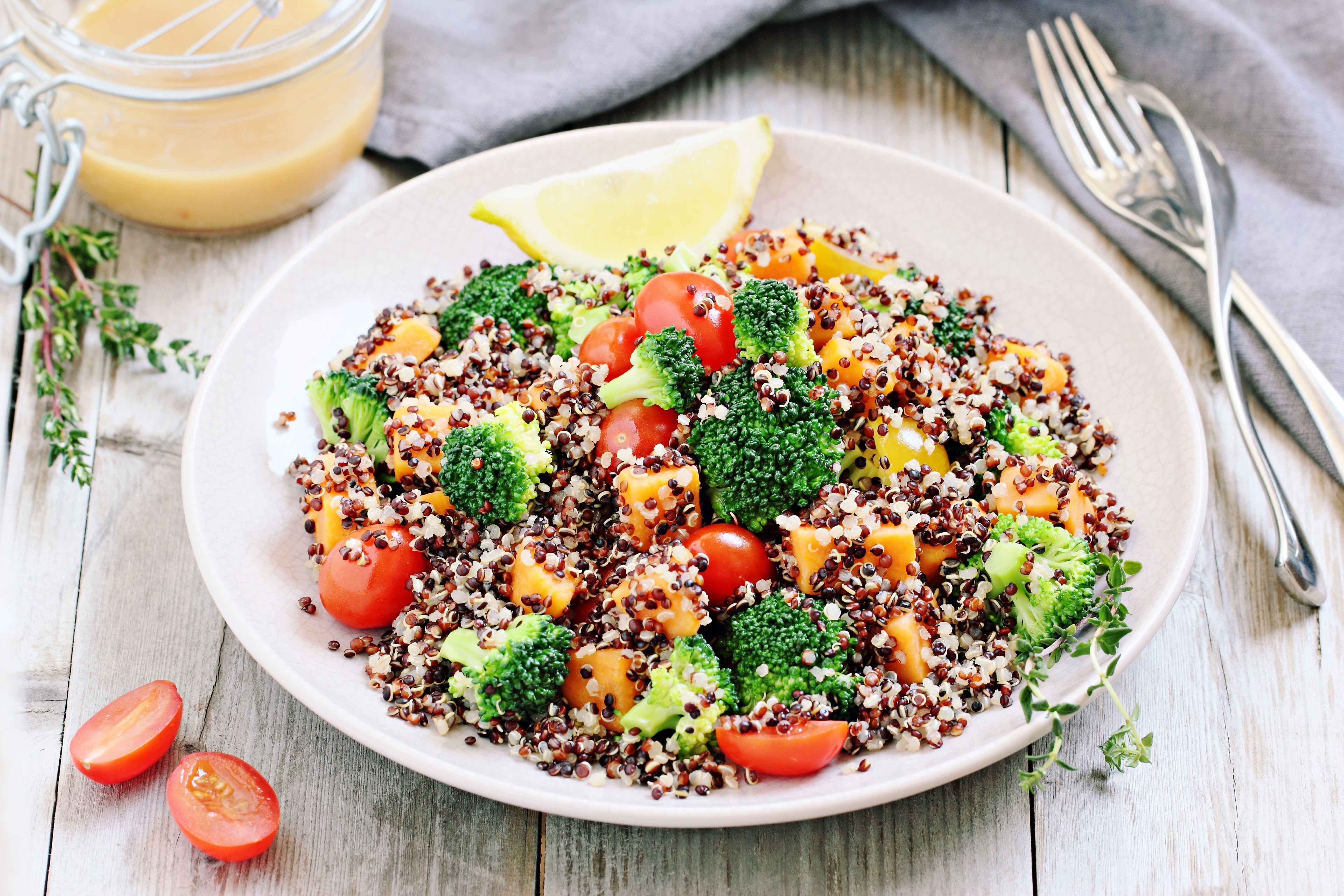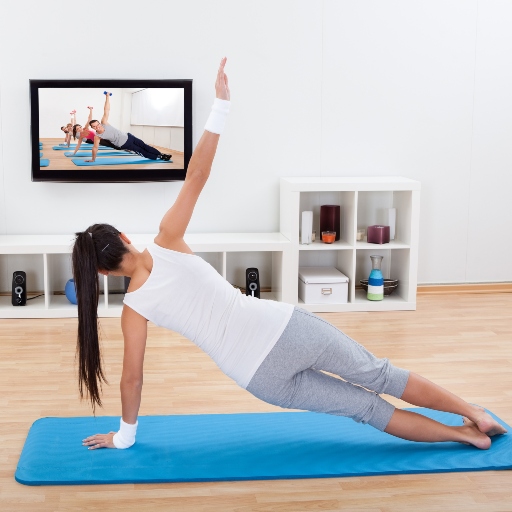Diabetes is considered to be the next pandemic and is spreading at a rampant pace. If left uncontrolled for long periods of time, the high blood sugar levels can damage the tiny blood vessels that supply blood to the eyes, kidneys and nerves. This, in turn, leads to permanent damage to those organs. Although diabetes is a condition that can’t be cured fully, it can definitely be controlled.
The best way to manage the disease is keeping an eye on your diet, exercising regularly. If required, your doctor will prescribe hypoglycemic drugs, i.e. drugs that bring your blood sugar down. Hypoglycemic drugs usually are not prescribed within the initial 3 months of diagnosis of Diabetes Mellitus. The idea is to attempt to control diabetes, with diet restrictions and regular physical exercise and build a chronic disease management plan.
Now let’s get a bit technical. Taking a long-term view, the way to monitor the control of blood sugar levels is through Glycosylated Haemoglobin levels (Hb1AC) along with methods of prevention and diabetes control tips.

Diet Tips For Diabetes Mellitus
- Have smaller and frequent meals at regular intervals.
- Follow a strict diet which has low carbohydrates and fats and a limited amount of protein.
- Eat a lot of raw vegetables and salad before every meal to fill your stomach and satisfy your hunger.
- Avoid food items which have a high glycemic index like sugar candies, rice, sweet corn, etc.
- Avoid consumption of alcohol and smoking.
Exercise Tips For Diabetes Mellitus
- Any exercise that helps you burn calories will help.
- Walking briskly is considered one of the best exercises for diabetes. For best results, walk at a speed of five kilometres per hour or 12 minutes per kilometre. Start with 15 minutes per day and gradually increase it to an hour.
- Try to finish your exercise in one 30-minute stretch. If that is not possible, break it up into increments that you can manage and the increments should add up to at least 30 minutes a day.
- Warm up for 5 minutes before starting to exercise and cool down for 5 minutes after your session. This will help in increasing blood flow and warming up your joints.
- Drink plenty of water before and after the exercise.
- Take care of your feet by wearing shoes and clean socks. Check if the shoes fit you well and are comfortable. Check for any blisters, redness or signs of inflammation before and after the exercise.
- Increase your daily activity in general – such as climbing stairs, or cleaning furniture. However, don’t rely on housework or other daily activity as your sole exercise. Too often, people overestimate the amount of exercise they get and underestimate the calories they consume.
- Have a friend or mentor to motivate you regularly and set attainable goals.
- Check blood sugar levels regularly and note them in a diary.
Read more about such chronic illness and their methods of prevention on Activ Living Health Blog. If you are planning to follow an active lifestyle from today then might as well earn from it. You can earn from HealthReturns, discounts on medical services and health insurance premiums hassle-free.





 1800-270-7000
1800-270-7000












We often get into including junk food and fast food in our diets. But this can be thoroughly dangerous. You should have balanced diet that consists of all the nutrients. Many a times we fall ill due to nutritional deficiency. But we never ever realise this. A good diet ensures protection from deadly diseases and nutritional deficiencies. So, just read on and while you are reading take an oath that you will discard junk food from your diet. Also, if you have a problem like obesity or more weight then with diet tips you can manage weight and bring it back to control.
Great post, useful tips shared. Thanks for sharing the diet and exercise tips for Type-2 Diabetes.
“Hi, my name is NAME and I agree with this post. I even made a video about this issue a while ago. Anyway, I’m not necessarily into posting comments but your post just happened to grab my attention there in the sidebar, while I was browsing through.”